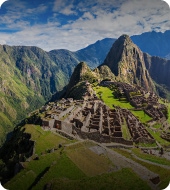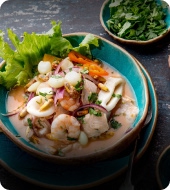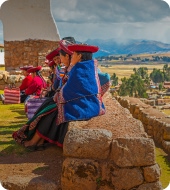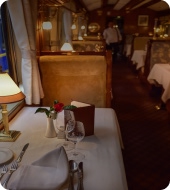
Interesting Facts About Chachapoyas
Written by:Valencia Travel
Last Update: 2025-01-04
Chachapoyas, the city at the edge of the Peruvian Amazon, is not the most visited place in Peru and is somewhat off the tourist trail in the country. The city is visited for its historic center with its pretty square Plaza de Armas and cobbled stone streets. Still, due to the difficulty in reaching Chachapoyas, it remains somewhat untouched. However, we hope these exciting facts about Chachapoyas will make you think differently about this city and the region.
Kuelap Wall
Exploring Kuelap:
Chachapoyas is the capital of the Department of Amazonas, with a population of around 50,000 people.
The town and the general area got their name from the Chachapoya civilization, which thrived hundreds of years before the Spaniards conquered the region and country.
Chachapoyas Valley
Chachapoya, in the Quechua language, means cloud forest, and people living in the area were known as The cloud warriors.
Chachapoyas is home to the Kuelap fortress, the "Machu Picchu of The North". Kuelap ruins are a walled settlement high in the mountains and date back to the 6th century AD. Kuelap is nowadays considered one of the masterpieces built by Chachapoyas culture in the whole region. You can take the Kuelap cable car over the site for even more panoramic and impressive views.
Kuelap Ruins
A Journey to the Gocta Waterfall and the Ancient Sarcophagi of Karajia:
Karajia Archaeological site, located in the Utcubamba valley, contains a series of eight cliffside mummies from the Chachapoyas culture. The mummies are housed within sarcophagi made of clay, straw, and gravel spread over a wooden coffin. They have been sculpted and painted to resemble human figures, which residents refer to as the “ancient wise men.”
Karajia Burial Site
Quiocta Caverns and the Ancient Chachapoya Civilisation:
Eight defined ethnic groups formed the Chachapoya Civilisation: Pomacochas, Chillao, Coribamba, Chachapoyas, Sesuya, Pacllas, Cajamarquilla Yungas, and the Chilchos.
Utcubamba
Founded on September 5, 1538, Chachapoyas maintains its colonial style that can be seen in its narrow streets and houses with prominent patios and gardens, high roofed ceilings, and beautiful balconies.
Chachapoyas Plaza de Armas
If these exciting facts have to whet your appetite to visit the area, shrouded in mystery, book your tour to magnificent Chachapoyas with Valencia Travel here and learn more about this remarkable ancient civilization!
 Aventure
Aventure
 Cultural
Cultural
 Gastronomy
Gastronomy
 Wellness
Wellness
 Local Living
Local Living
 Luxury
Luxury













